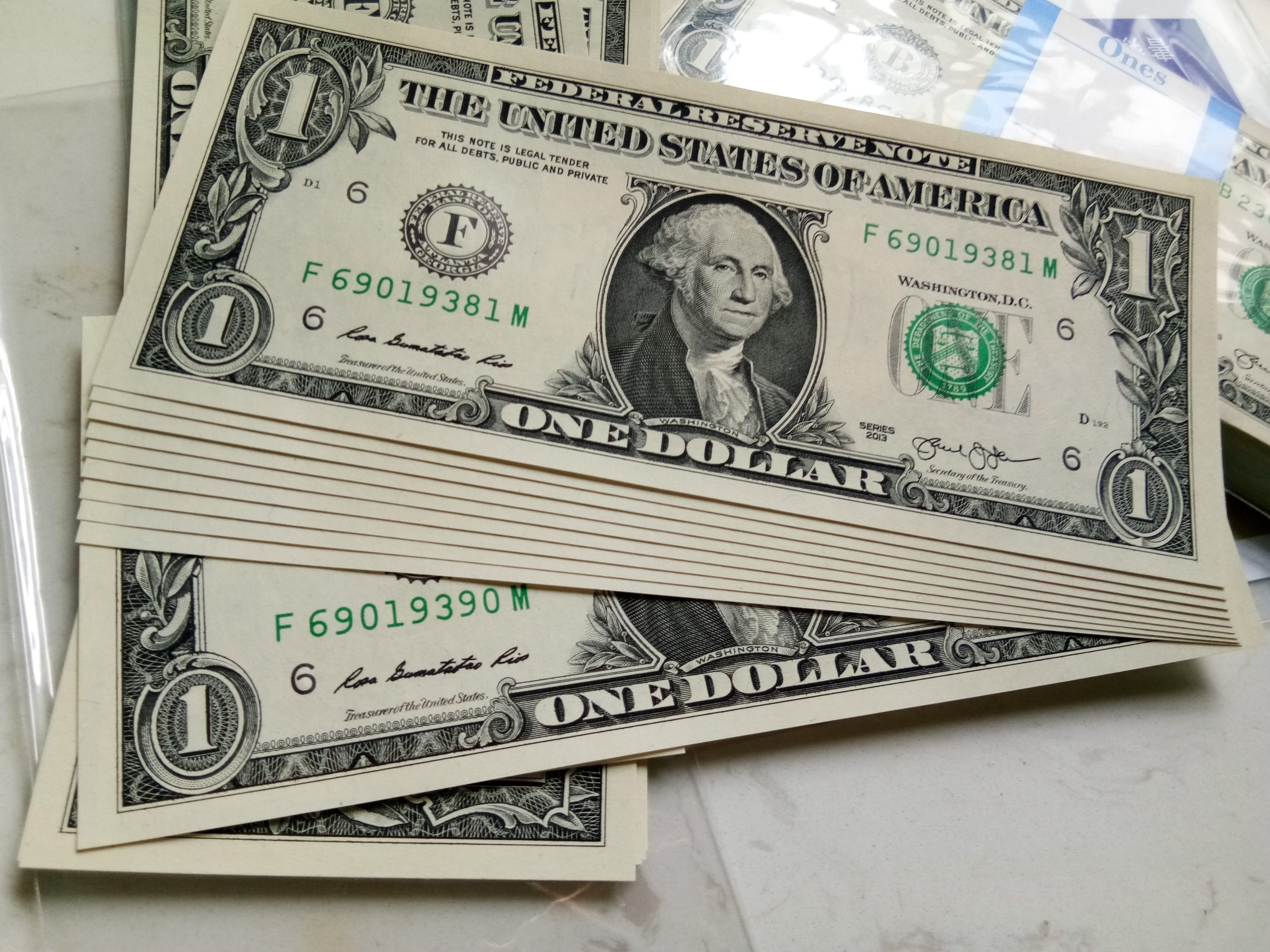10. Switzerland, $300.4 billion
9. France, $330.1 billion.
8. Ireland, $332.9 billion.
7. Belgium, $349.6 billion.
6. Canada, $365.7 billion.
5. Cayman Islands, $490.1 billion.
4. Luxembourg, $420 billion.
3. United Kingdom, $746 billion.
2. China, $760 billion.
1. Japan, $1,102.7 billion.
US debt is by no means a “June cliff” or a “July cliff.” Don’t be fooled by claims of “trillion dollars maturing in June.” The truth is, every month! Remember, every month! The U.S. has trillions of old debts waiting to be “paid back.”This situation is like an endless tide, constantly pounding the U.S. Why do some months stand out? It’s simply because, by chance, several large debts mature during the same period due to special reasons, creating concentrated pressure and making the situation appear particularly dramatic.In reality, historical data shows that some months have even higher maturities than June. So, the pressure from U.S. debt isn’t just about “toughing it out in June.” It’s a dull knife hanging over the U.S. economy, slowly cutting away, one strike at a time.What has this dull knife磨出了什么? The direct result is that borrowing is becoming increasingly expensive—U.S. debt interest rates are soaring like a rocket and struggling to come down from their high levels. High U.S. debt interest rates are sending a clear message to the world: Borrowing from us is risky, and without higher interest, no one will do it? This itself already highlights the severity of the issue, showing that the U.S. is living off future money today, and this path has already reached its limit!With interest rates this high, who is still willing to lend money to the U.S.? U.S. debt was once a hot commodity, with countries eagerly buying it with real gold and silver. But the situation is now very different. The number of overseas buyers willing to continuously spend large sums is decreasing. Now, the main force holding things together has become the U.S. domestic market, especially the financial tycoons who play the game on Wall Street.It is said that they hold a massive share of U.S. debt, possibly accounting for around half of the entire debt portfolio! But the problem arises: even the money gods of Wall Street do not have unlimited funds. In the past, they might have bought blindly, thinking the credit was good.Now, they are fully aware of the U.S. budget: tens of trillions in debt, future interest payments causing immense worry, and current new bond rates being exorbitant. How do they calculate this? Even with all the money Wall Street has, they have to hesitate, unable or not motivated to indefinitely take on more debt.This forces the U.S. into a dead end: holes keep appearing, money must be found. If regular channels fail or are unaffordable, then “special channels” are the only option.The so-called “special channels” are simply ways to meet the specific, unspoken needs of potential major donors. The logic is straightforward: if you want someone to genuinely part with hundreds or billions of dollars to lend to you, they must see some benefit, not just a little interest, especially now that U.S. debt risks have increased and its attractiveness has declined. At this juncture, the lender (the U.S.) has weakened its position, giving the payers more leverage. If you want them to help plug the holes? Fine, then you have to “greenlight” things in certain areas.This invisible pressure has recently led to two highly intriguing events. First, the latest “America Rescue Plan.” The core of this bill, simply put, is to allow the U.S. government to borrow several more trillion dollars (raising the debt ceiling). It barely passed the House by just 4 votes (218:214), and in the Senate, it even faced an unprecedented 50:50 deadlock, ultimately relying on Vice President Harris’ deciding vote as president pro tempore to pass it (51:50).This nail-biting vote result clearly paints a picture: the rift within the U.S. over massive debt is now bottomless, with debates reaching an unimaginable intensity. The bill’s narrow passage was no doubt backed by behind-the-scenes promises and deals.U.S. debt is far more than just a pile of dry economic figures. It is a vast, heavy reality, like an invisible net that covers all aspects of American society. It has increased interest burdens, lowered U.S. credibility, distorted financing channels, and even forced policymakers to constantly seek fragile balances among various interest groups, sometimes不得不 swallow bitter pills and make decisions that seem nonsensical to outsiders and dishearten core supporters.%% Those seemingly dazzling performances and unexpected news stories, when traced back to their roots, may all be closely tied to the tension of this “debt web.” The arduous passage of the “Big Elm Bill” and Trump’s abrupt turns in high-profile cases—these seemingly isolated events are merely reflections of the immense shadow cast by U.S. debt onto the real world.Therefore, don’t think that the U.S. has simply passed a bill to raise the borrowing limit, and the U.S. debt crisis is over. On the contrary, this storm triggered by massive debt has only entered a new phase.Each month, countless old debts still need to be repaid or refinanced, and the pressure to borrow remains unchanged. As long as the fundamental model of “borrowing to sustain government operations” remains unaltered, and as long as the debt burden is not significantly alleviated (which is no easy feat given the tens of trillion-dollar base), the highly dramatic “bargaining” within the U.S., various “backstage deals” that defy expectations, and the resulting divisions and distrust are likely to become a “new norm.”The “weird” things people see happening in the U.S. may have their roots deep within that vast quagmire formed by debt. This storm is still raging.
